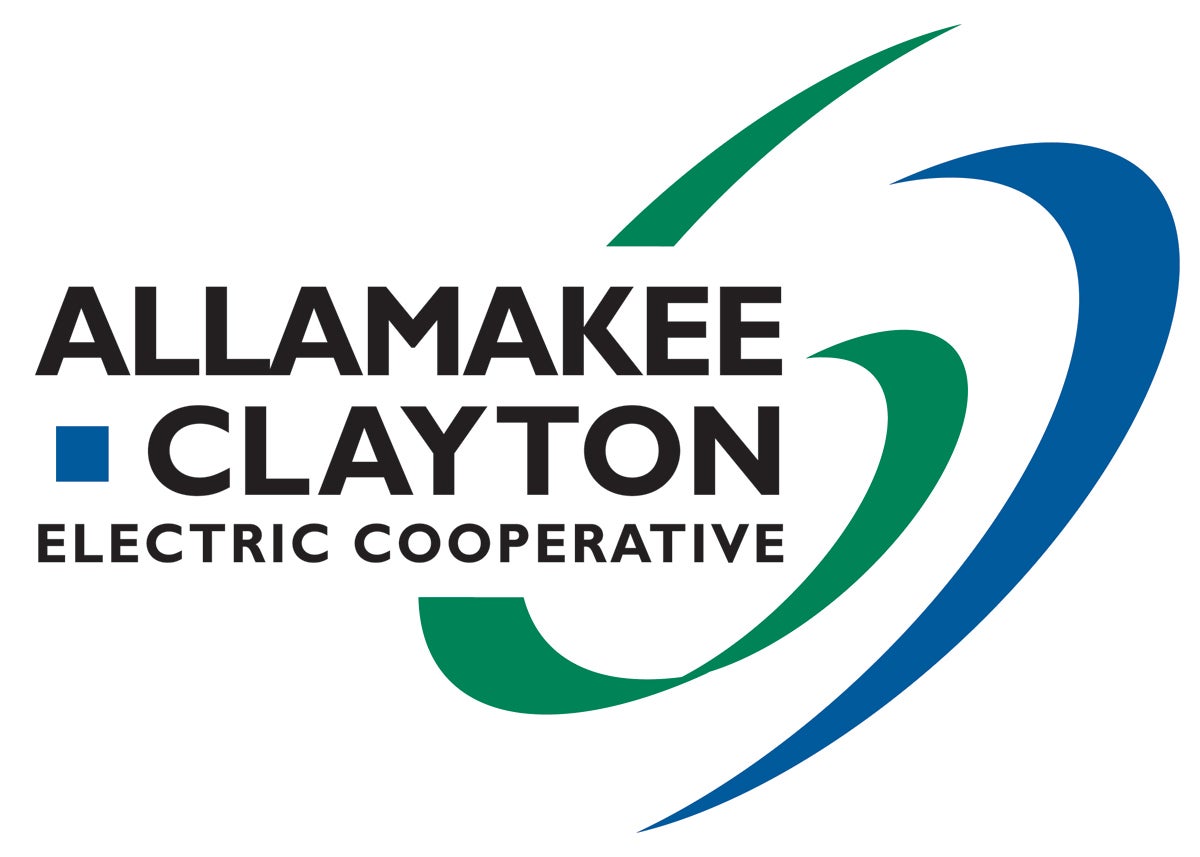Here are a few safety tips from the Electrical Safety Foundation International, which encourages you to "Plug Into Electrical Safety":
Wiring
-
Electrical systems installed during the 1970s and earlier were not designed to handle the demand that we place on them today. To ensure the electrical safety of your home, and avoid a fire, have an electrical safety inspection performed by a licensed electrician.
Power cords and extension cords
-
Check that all electrical items, including extension cords, are certified by a nationally recognized independent testing lab, such as Underwriters Laboratories (UL), CSA or ETL.
-
Extension cords should only be used on a temporary basis; unplug and safely store them after every use.
-
Do not place power cords and extension cords in high traffic areas or under carpets, rugs or furniture, and never nail or staple them to the wall or baseboard.
-
Never remove the ground pin (the third prong) to make a three-prong plug fit a two-prong outlet.
-
Make sure extension cords are properly rated for their intended use, indoor or outdoor, and meet or exceed the power needs of the appliance or tool being used.
-
All electrical items and extension cords should be kept in good condition. If damage is discovered take the item to an authorized repair center or cut the cord and dispose of it safely.
GFCIs and AFCIs
-
Make sure your home includes ground fault circuit interrupters (GFCIs) which prevent accidental electrocution by shutting off the circuit if they sense a "leak" of current, and arc fault circuit interrupters (AFCIs) which help prevent fires by shutting off the circuit if they sense arcing where electricity has to jump a gap. Consider installing GFCIs and AFCIs on all circuits except those serving major appliances which may cause nuisance tripping.
-
Test your GFCIs monthly and after every major electrical storm. (Click here for instructions on how to test a GFCI)
Outlets
-
Have a qualified electrician inspect your outlets and electrical system.
-
Plugs should fit fully and securely into outlets but should not be forced.
-
Make sure there are safety covers on all unused outlets to protect children.
-
If an outlet or switch wall plate is hot or discolored by heat, shut off the circuit and have it professionally checked.
-
Have additional outlets installed where you need them instead of relying on extension cords and power strips.
